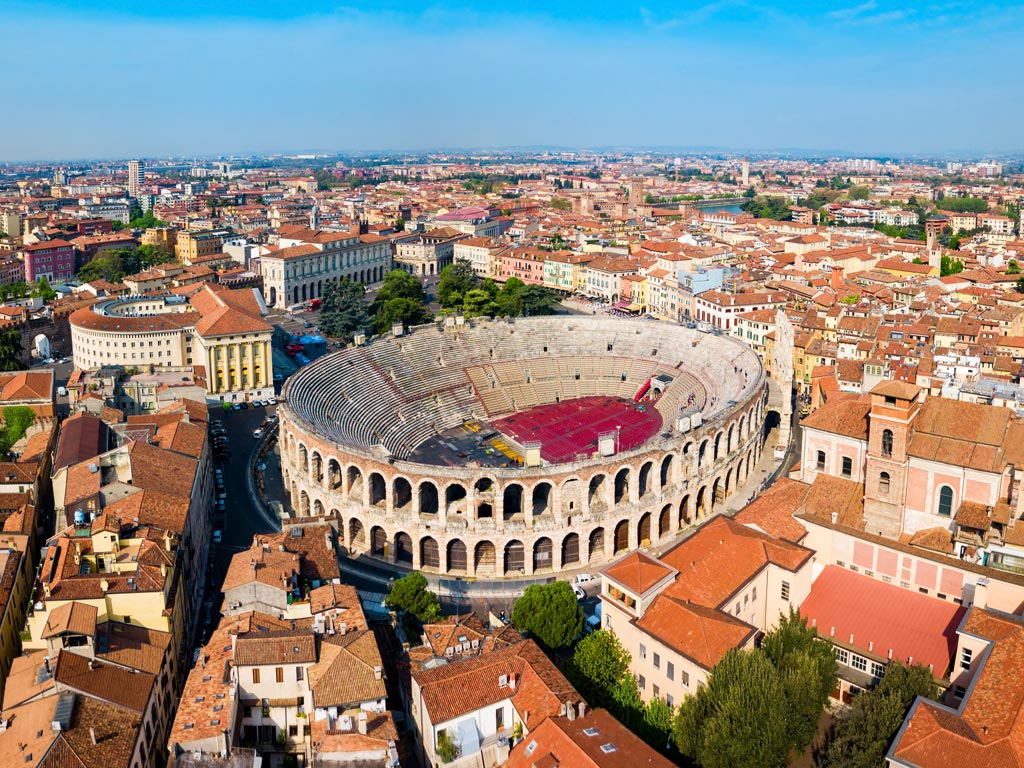The Leonardo da Vinci National Museum of Science and Technology
Located in an early 16th century monastery in the heart of Milan, the museum covers an area of 40,000 square meters and is the largest scientific-technical museum in Italy.
Its collections of about 10,000 objects, testify the present scientific and technological development and explore the complex relationship between man-machine from the figure of Leonardo da Vinci.
The Museum is since its birth crucial not only for research, study and preservation, but also for the dissemination of scientific culture and its technological application.
Today the museum presents itself as a cultural location and a place for dialogue between the scientific community and citizens, with tours to historical collections, interactive activities in the labs, scientific events, special projects, exhibitions, theatre performances, lectures, conferences , concerts, training, days and evenings devoted to the institutions, companies and citizens.








